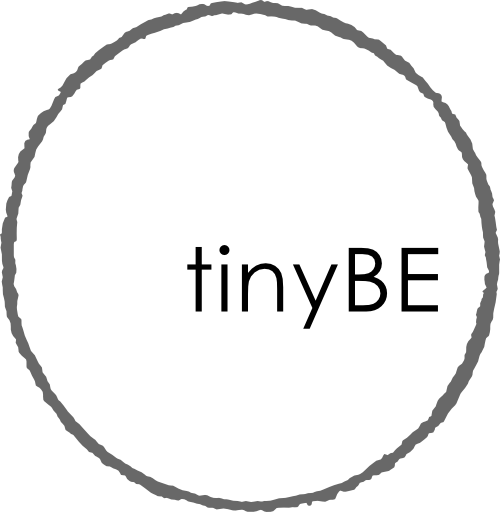

The House of Dust, 1967/2021
3D- Print, Clay, wood, concrete, various materials
3 x 5 x 4 m
Location
Wiesbaden Kranzplatz – temporary exhibition from June 26 – September 26, 2021

*1933 in New York, NY, USA
Education
1956, Pratt Institute, Brooklyn, NY, Bachelor of Fine Arts
Awards (Selection)
2003, Anonymous Was a Woman Award
1968, Guggenheim Fellowship
A house of dust
On open ground
Lit by natural light
Inhabited by friends and enemies
Alison Knowles, The House of Dust, 1967
Alison Knowles is a pioneer of the Fluxus movement, which formed between Wiesbaden, Cologne, Düsseldorf, Darmstadt, Tokyo, and New York at the beginning of the 1960s. The artist was invited as a guest several times to Wiesbaden, where she last performed on the occasion of the Fluxus movement’s fiftieth anniversary and as part of the Fluxus 50 festival. Knowles now returns with one of her key works. The most recent iteration of her project The House of Dust has been installed on Kranzplatz at the Kochbrunnen fountain.
In 1967, Knowles collaborated with composer James Tenney to create an early example of computer-generated poetry and artificial intelligence. The poem was based on four lists composed by the artist. The lists described a house in short word sequences: the type of house and building materials (1), the lighting (2), the location or the surrounding area (3), and the inhabitants (4). The sentence fragments were coded using the programming language FORTRAN IV and transformed into a fifty-page, randomly generated, computer-based poem by a Siemens computer from the Brooklyn Collegiate and Polytechnic Institute. In 1968, Knowles decided to translate one of the resulting four-line scores into a building. Thanks to a grant from the Guggenheim Museum, in the following years two structures were created that left New York and, together with the artist, were relocated by train to the California Institute of the Arts (CalArts) in 1970. Knowles used the organic structures in place there not only with her own students, but also to invite other artists to perform or create new works in The House of Dust.
More than fifty years after the Fluxus movement’s founding and the origin of Knowles’s poem, an architectural version of the work can be seen for the first time in Germany with The House of Dust (1967/2021). It seems that the project had only been waiting for this stage of technical progression: Just like in the 1960s, in Wiesbaden the computer emerges as the protagonist, and the machine acts as creator. But while previously it was a poem being printed, today an entire shell-shaped loam structure is made using 3D printing. The production process becomes a contemporary Fluxus experience and constitutes one of the activations of Knowles’s digital poetry, which can be observed during the exhibition.
Lydia Korndörfer
kindly supported by:
Aachener Grundvermögen KVG, Café del Sol, Brigitte und Volker Eisenmann, Fluxeum Wiesbaden, James Fuentes Gallery, Karrié Bau, Landeshauptstadt Wiesbaden Kulturamt, Elke und Peter Ressel, Schmitt + Thielmann Ingenieurgesellschaft mbH, Stiftung Kaufmanns-Erholungsheime, Team Bau GmbH, Mieke und Jan Teunen, WASP, Zaeske Architekten BDA, Ausgezeichnet durch “kulturMut” – die Crowdfunding-Plattform von Aventis Foundation und Kulturfonds Frankfurt RheinMain